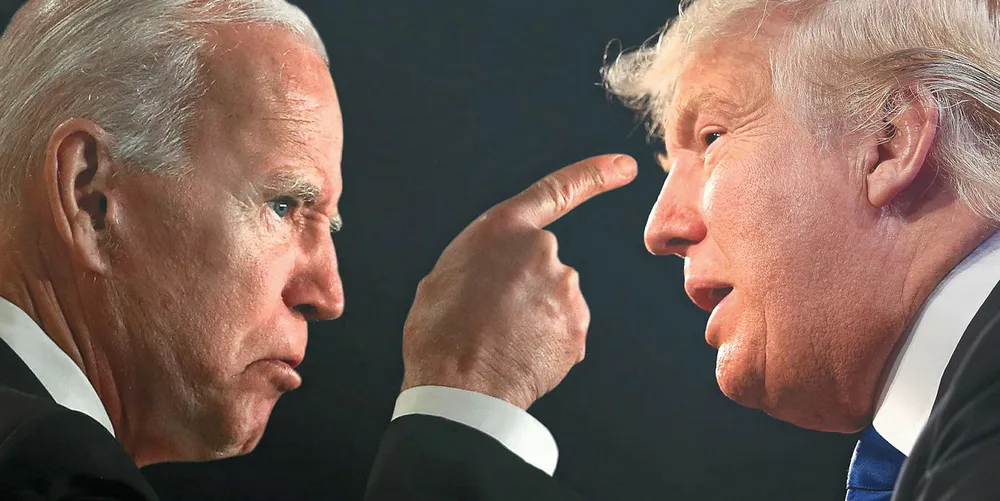Trump v Biden: how the election will impact US renewables policy and the global climate battle
One candidate calls climate change a hoax, the other vows to spend $2trn decarbonising the US economy. There’s a lot more at stake than the presidency, writes Richard A Kessler
